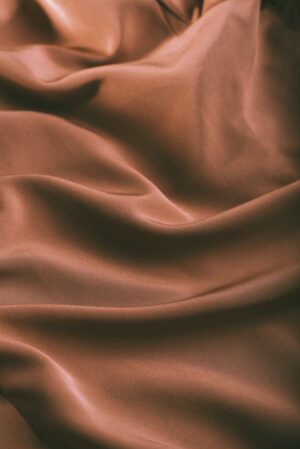Cloth is a material produced by weaving or knitting fibres. Fabric is a pliable substance constructed by the entwining web of fibers which can be natural as well as an artificial set of filaments. Clothing that provides physical safeguards to the body, preventing from cold, rain and other climatic conditions. Clothing is made of fabrics or textiles, but over time it has included garments made from animal skin and other thin sheets of materials and natural products found in the environment, put together. Different types of fabrics have different properties that can strongly influence how you treat your clothing. Here is the list of top 10 types of farics in the world.
1.Wool
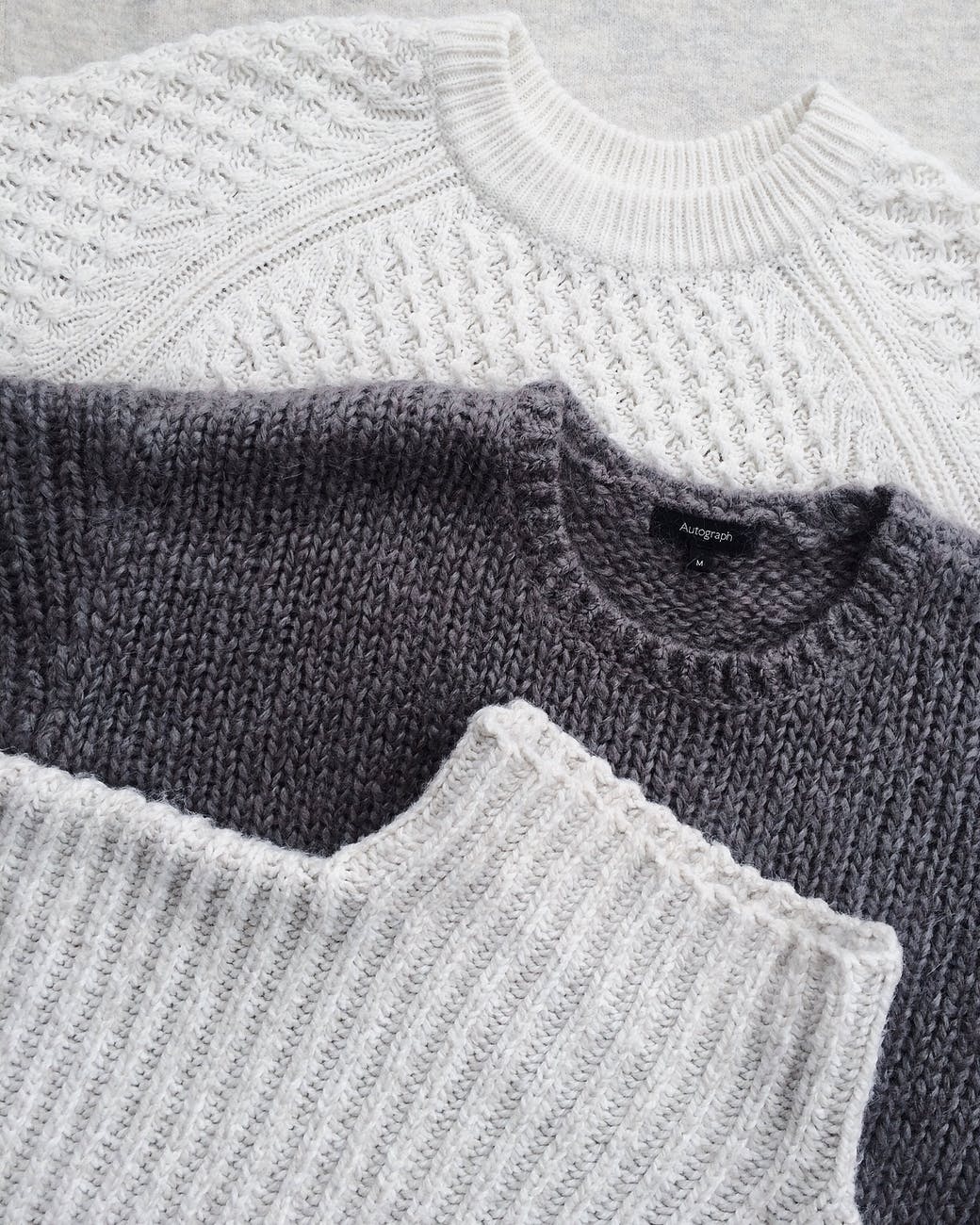
wool, animal fibre forming the protective covering, or fleece, of sheep or of other hairy mammals, such as goats and camels. Prehistoric man, clothing himself with sheepskins, eventually learned to make yarn and fabric from their fibre covering. Wool fibre is chiefly composed of the animal protein keratin. Colour, usually whitish, may be brown or black, especially in coarse types, and coarse wools have higher lustre than fine types. Wool is characterized by waviness with up to 30 waves per inch (12 per centimetre) in fine fibres and 5 per inch (2 per centimetre) or less in coarser fibres. Coarser than such textile fibres as cotton, linen, silk, and rayon, wool has diameters ranging from about 16 to 40 microns (a micron is about 0.00004 inch). Length is greatest for the coarsest fibres. Fine wools are about 1.5 to 3 inches (4 to 7.5 centimetres) long, extremely coarse fibres may be as much as 14 inches in length.
2.Cotton
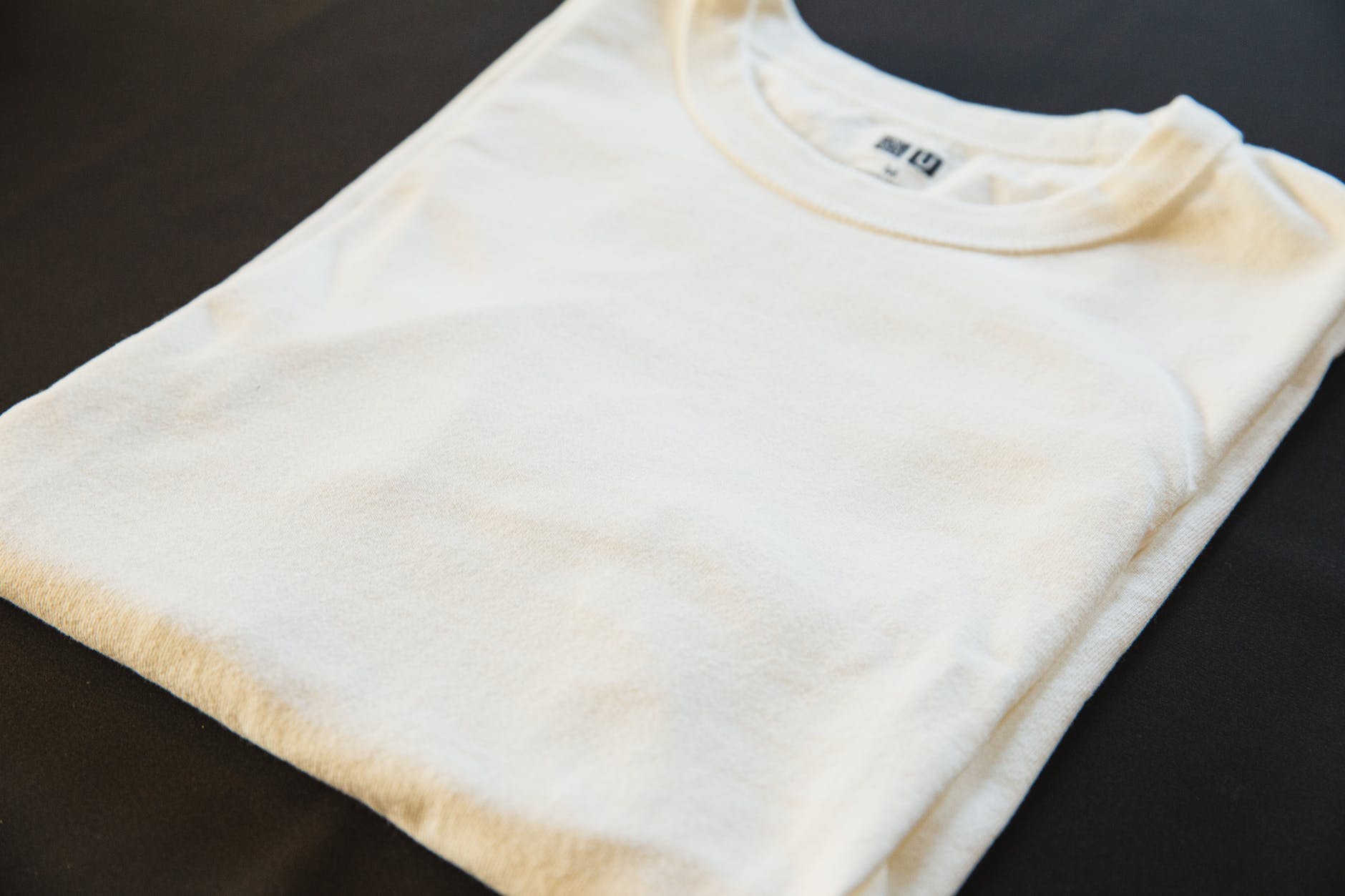
Cotton is a supreme material. The cotton fiber is made up cellulose which is a natural polymer. Cotton is a flimsy and mushy fiber that develops along with the seeds of the cotton plant. The cotton thread post extracting is spun into cloth later. The cloth can be utilized to spin and build clothes for individuals and can be used for several additional purposes. Today, the world uses more cotton than any other fiber, and cotton is a leading cash crop in the U.S. Cotton is a part of our daily lives from the time we dry our faces on a soft cotton towel in the morning until we slide between fresh cotton sheets at night. It has hundreds of uses, from blue jeans to shoe strings. Objects like bandages are usually constructed with the help of cotton filaments. It feels crispy and sturdy. It can be both knit or woven. It doesn’t drape as well as wool or viscose.
3.Linen
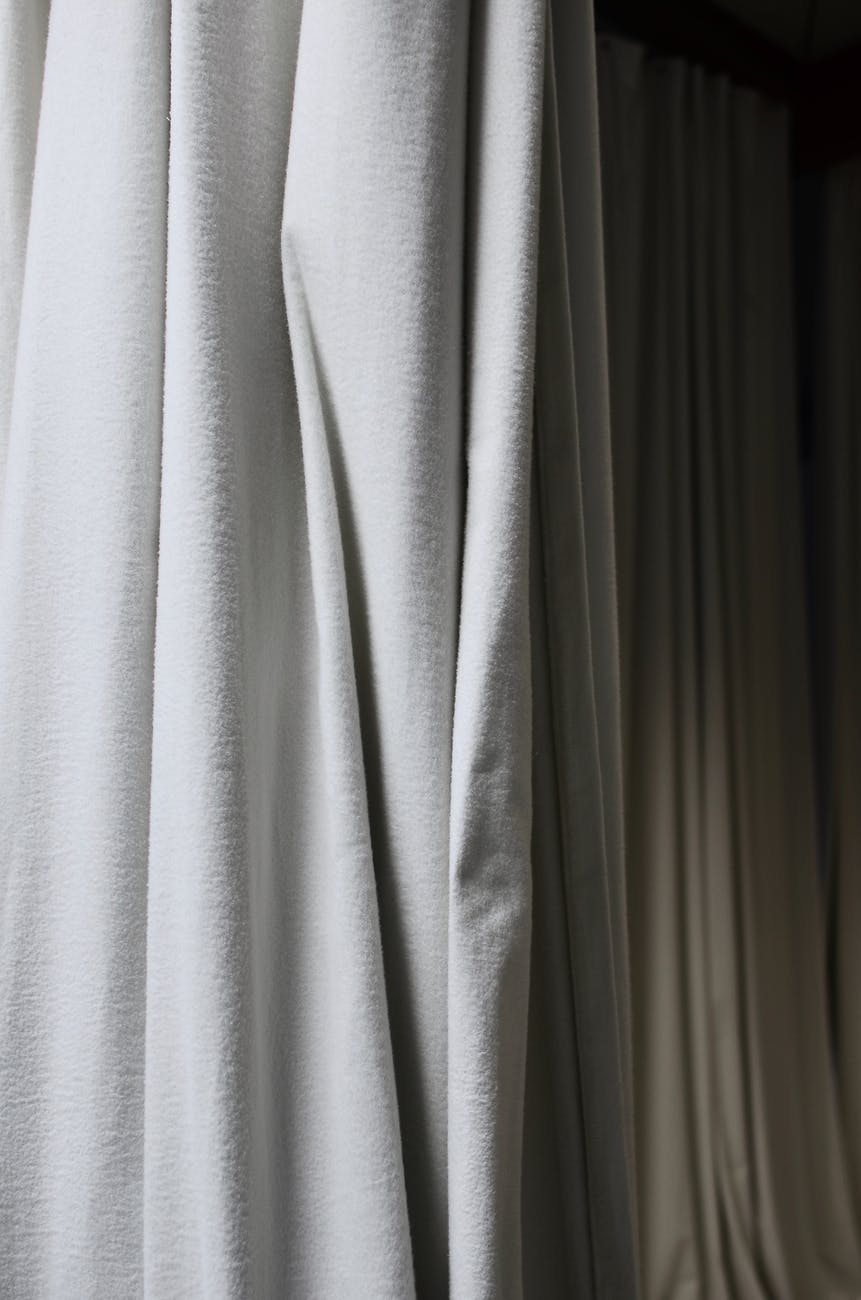
Linen is very strong, absorbent, and dries faster than cotton. Linen is comfortable to wear in hot weather and is valued for use in garments. It also has other distinctive characteristics, notably its tendency to wrinkle. Linen is the most sustainable fabric. It is 100% biodegradable, produces zero waste, and retains carbon that is released into the atmosphere. Linen feels rustic and creases very easily. Linen drapes better than cotton but worse than viscose. It makes nice summer garments. Linen textiles appear to be some of the oldest in the world; their history goes back many thousands of years. It can stand high-temperature ironing but is much easier to iron when wet. Growing linen requires less water, rain water is enough. No harmful junk is required to produce linen. Flax seeds require very little fertilizer, and no pesticides or defoliants. Linen actually protects and fertilizes the soil. 85% of the world’s linen comes from Europe.
4.Silk
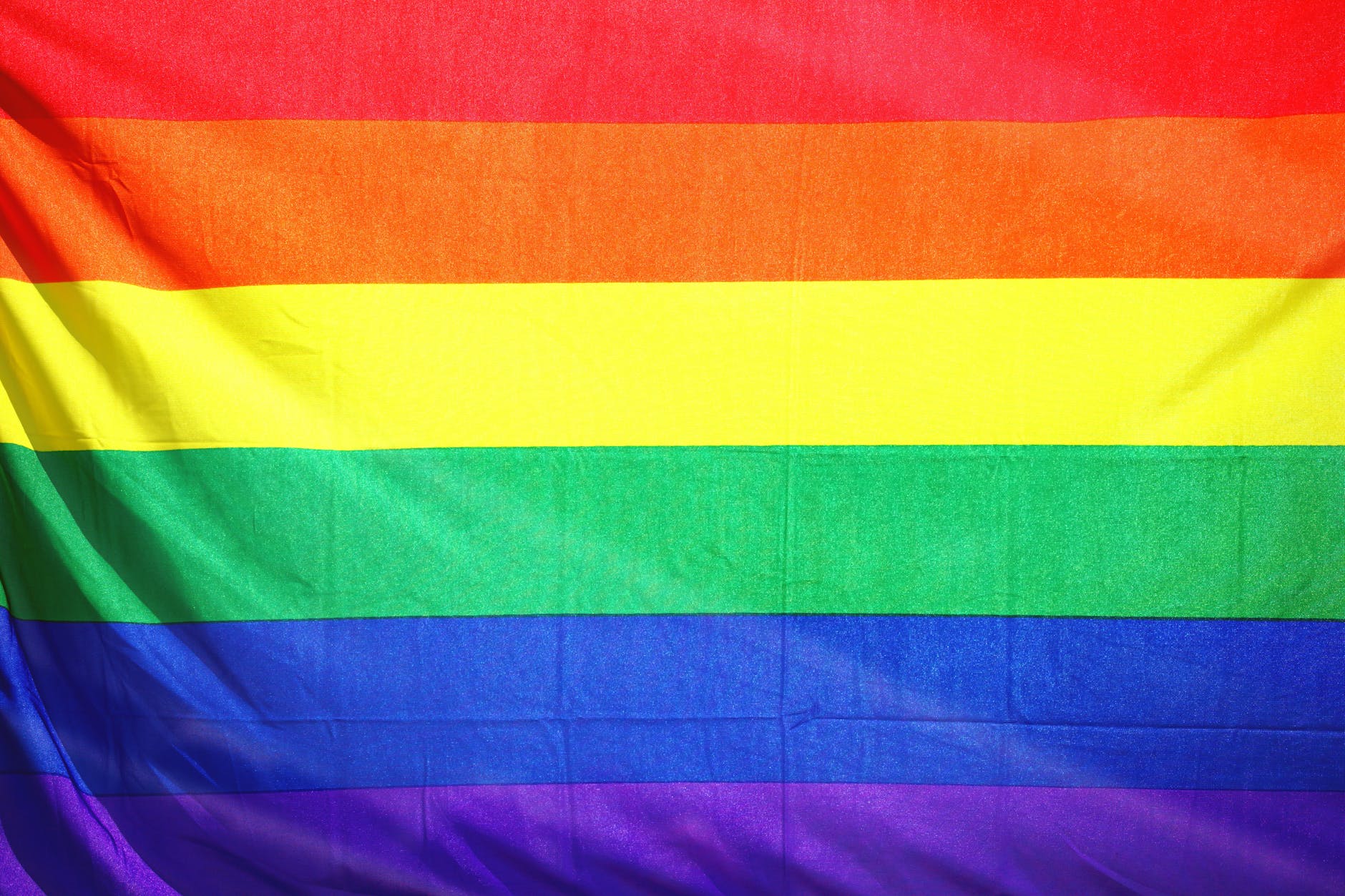
Silk is one of the categories of types of fabrics which is constructed from an organic protein filament. Silk is hypoallergenic. This natural protein fiber will not irritate those with sensitive skin. The protein fiber of silk largely constitutes fibroin, which is widely produced from the cocoons of larvae of the Mulberry Silkworms. The shimmering appearance of silk is due to the triangular prism-like structure of the silk fibre, which allows silk cloth to refract incoming light at different angles, thus producing different colors. These worms have been familiar and used in China, South Asia, and Europe since ancient eras. Silk is dissimilar from plenty of faux fibers, silk has a mushy, smooth and anti-skid surface. Although it’s one of the sturdiest natural filaments, it has low resilience and can lose its firmness with time. A highly versatile fabric, silk has proven to be ideal for a variety of uses – from formal wear to sleepwear, from parachutes to rugs, from medical sutures to prosthetic arteries. Sometimes silk satin is hard to separate from polyester satin but silk doesn’t feel as “cold” as polyester and it is more expensive. US is the largest silk importer in the world. Silk production also occurs in hymenoptera, silverfish, mayflies, thrips, leafhoppers, beetles, lacewings, fleas, flies, and midges. Other types of arthropods produce silk, most notably various arachnids, such as spiders.
5.Polyester
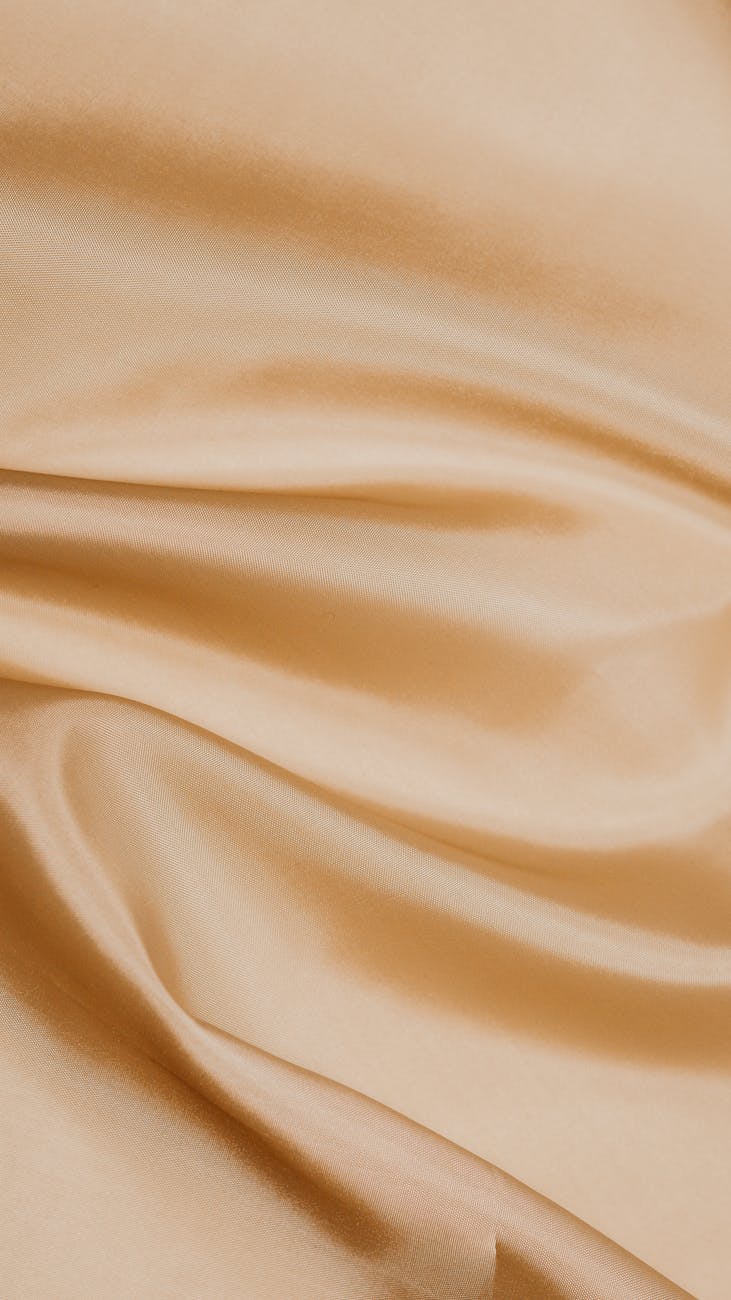
Polyester is a synthetic fiber derived from coal, air, water, and petroleum. Developed in a 20th-century laboratory, polyester fibers are formed from a chemical reaction between an acid and alcohol. In this reaction, two or more molecules combine to make a large molecule whose structure repeats throughout its length. Polyester fibers can form very iong molecules that are very stable and strong. You can make almost any garment out of polyester. Polyester is used in the manufacture of many products, including clothing, home furnishings, industrial fabrics, computer and recording tapes, and electrical insulation. It does not absorb moisture, but does absorb oil. It is not as warm as natural fibres and may feel sweaty when the weather is hot. Polyester suiting makes nice trousers and skirts and polyester satin.
6.Viscose or Rayon
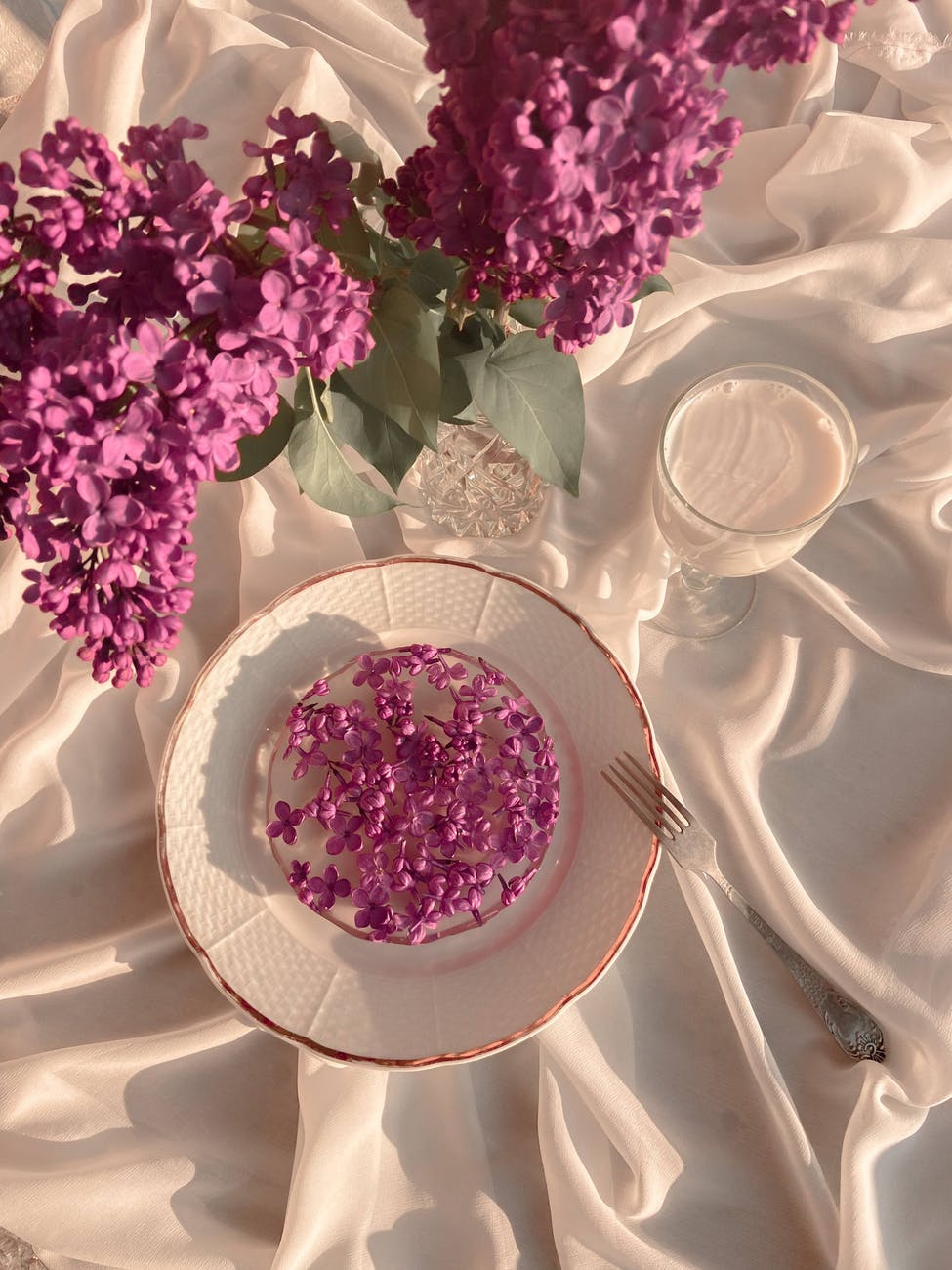
Is also called Rayon. Viscose is somewhere between natural and man-made fabrics since it is made out of wood with chemical processes. It is not as breathable as cotton or wool but it drapes beautifully. Viscose is a semi-synthetic fiber, but it needs extensive processing using chemicals. It’s a manufactured fiber, originating in natural wood cellulose, or protein, while synthetic fibers are completely man-made. Fabric comes in all shapes, sizes, weights, and constructions. It originally known as artificial silk. Viscose shrinks and feels oddly hard when wet. It is also heavier than cotton or polyester. Viscose is the generalized term for a regenerated manufactured fibre, made from cellulose, obtained by the viscose process. Viscose jersey is a good choice for draped tops and dresses.
7.Crepe
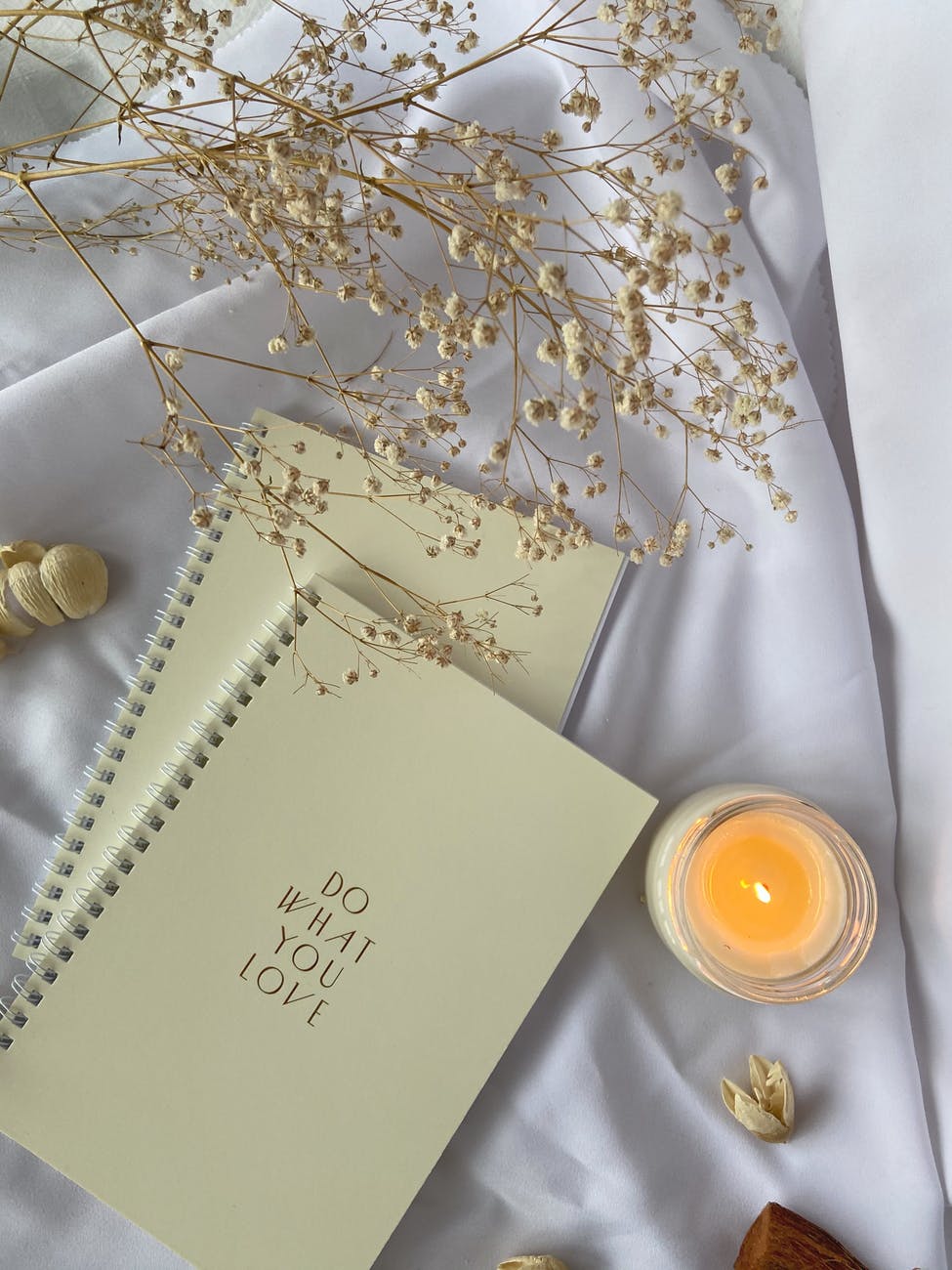
Crepe is being a type of fabric and then finally we go back to the fibres with silk. It is a type of weave and thus crepe can be, for example, wool or polyester. Crepe fabric is made out of a highly twisted yarn that results in a pebbled surface in which it is hard to see the weave and the weft. triple crepe is very heavy. It results in a unique rippling, three-dimensional texture. Garments and other textiles made with crepe fabric are generally delicate and used for ceremonial occasions. Crepe is still used by Orthodox Greek women for mourning, and various cultures of the Indian subcontinent incorporate crepe into their traditional garments. Today, crepe is most commonly used in high fashion and other types of decorative apparel design.
8.Jersey
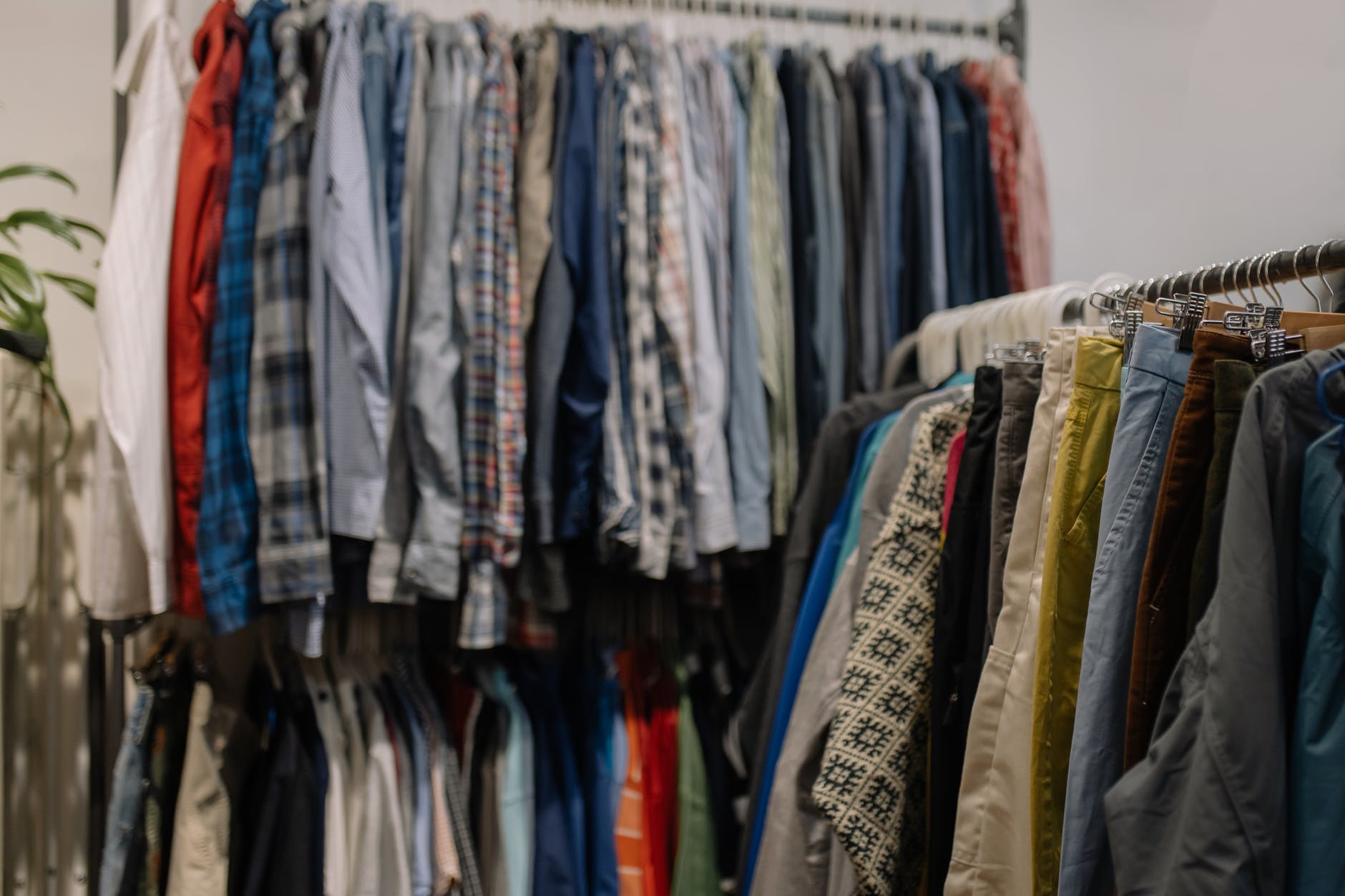
Jersey isn’t a type of fibre but a way the fabric is made out of yarn. It was originally made of wool, but is now made of wool, cotton, and synthetic fibers. Jersey is knitted while most of the fabrics are woven. The interloped stitches make jersey fabric stretchy and comfortable. However, the properties of the jersey fabric greatly depend on the fibre content. Cotton jersey is crispier and less drapey than viscose. Linen jersey is uneven and breathable and silk jersey still has its sheen. The double jersey is knit using two sets of needles, does not curl at the edges (when cut), and has a more stable structure. The fabric can be a very stretchy single knitting, usually light-weight, jersey with one flat side and one piled side. Since medieval times, Jersey, Channel Islands, where the material was first produced, had been an important exporter of knitted goods[1] and the fabric in wool from Jersey became well known.
9.Chiffon
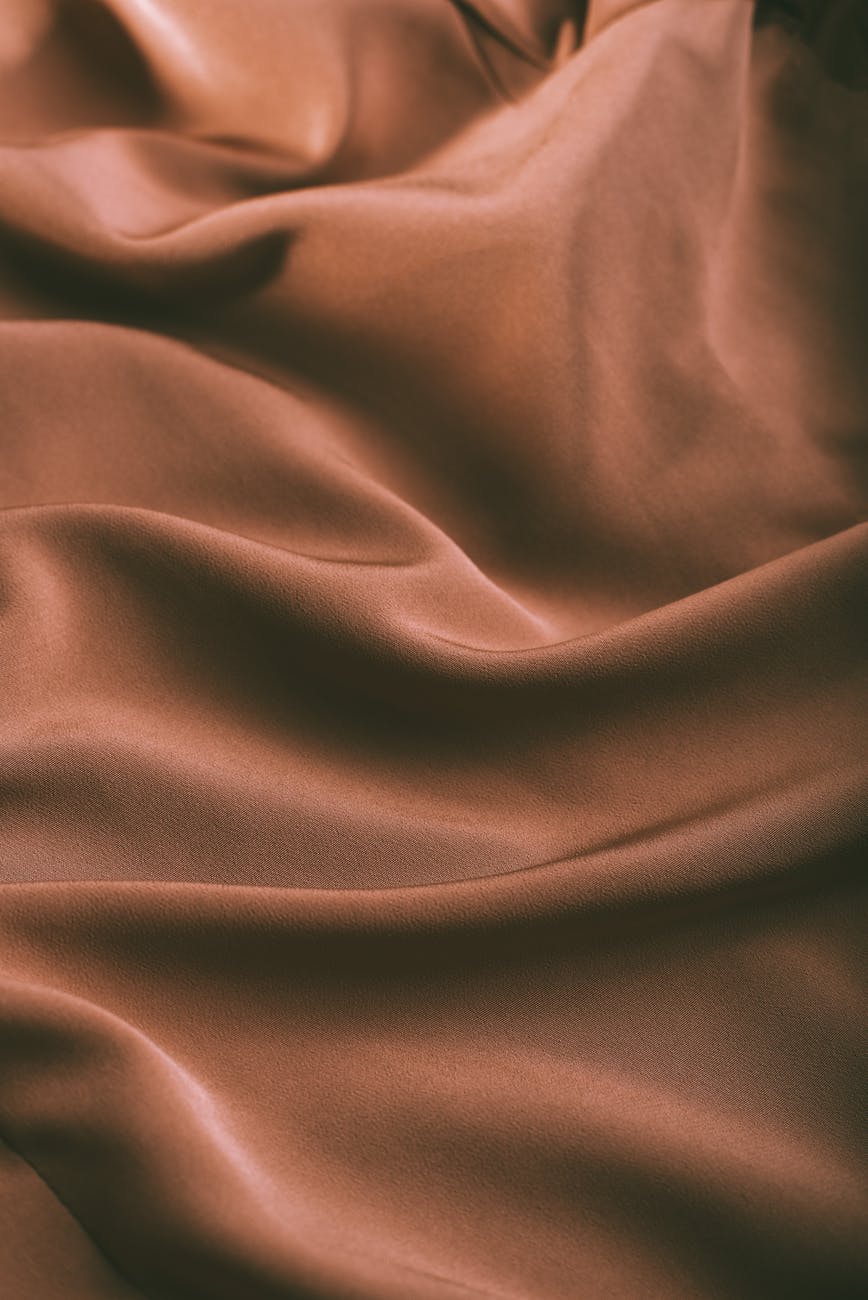
Chiffon is a term that is used to refer to a wide variety of different types of fabrics that all share similar qualities. This type of fabric is sheer , which means that it is light and semi-transparent with a simple weave. Chiffon is lightweight fabric type. This type of fabric was originally made from silk, and it was both expensive and in high demand among upper-class women in Europe and the United States. Chiffon fabric was first made in France, but the production of this substance expanded worldwide. Today’s chiffon is still made from polyester, manufacturers of this sheer and alluring material have also tried using rayon to make chiffon. In some cases, cotton may also be used, but this pill-prone and relatively delicate substance isn’t as suited for chiffon as many other synthetic or semi-synthetic materials. To some degree, chiffon is still made from silk, but silk chiffon is now seen as a luxury textile, and it is only available in the form of relatively expensive chiffon garments. It can be used for scarves, sheer blouses or lined dresses.
10.Lawn
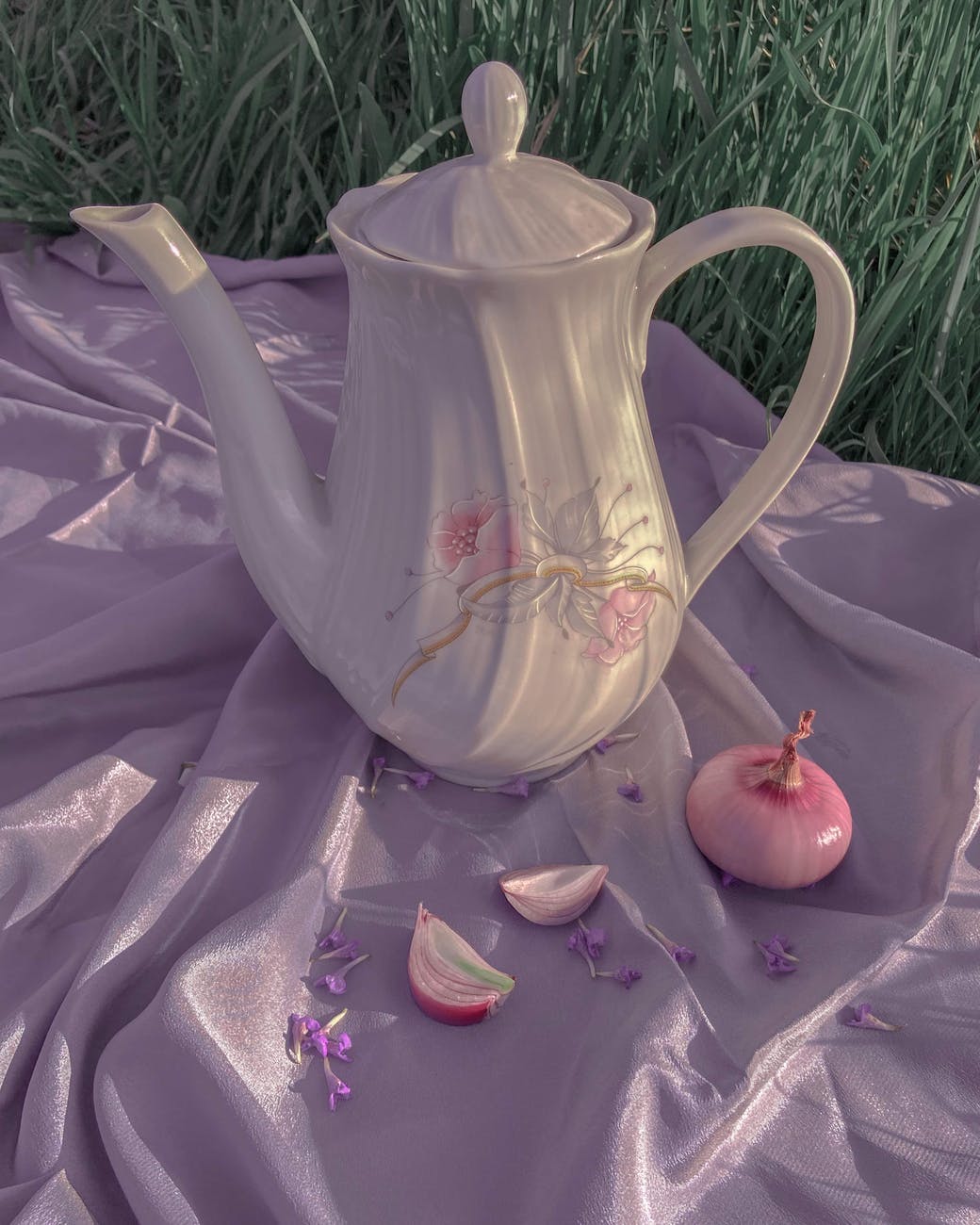
Lawn fabric or cloth is a type of plain weave fabric that is commonly made with cotton. But lawn was originally manufactured from linen. Lawn is lightweight, breathable fabric with a smooth texture. It is very fine fabric that is made out of high thread-count yarn. Generally Lawn is made from high count yarn. 60’s to upper counted yarn is mostly used for manufacturing of lawn fabric. It provides with a silky texture. Due to the way it is woven, lawn cloth is usually semi-transparent. More rarely, lawn cloth is dyed during the production process, and it may still be printed even if it is dyed. Nowadays Lawn is a very familiar term to us. Many of us prefer lawn fabric though it is so comfortable to wear containing great drapability. Mostly nowadays it is renowned for ladies wear. It is very smooth and silky and makes lovely shirts and summer dresses. Many woven summer pyjamas are also made out of lawn. Light colored lawns are a bit sheer.

